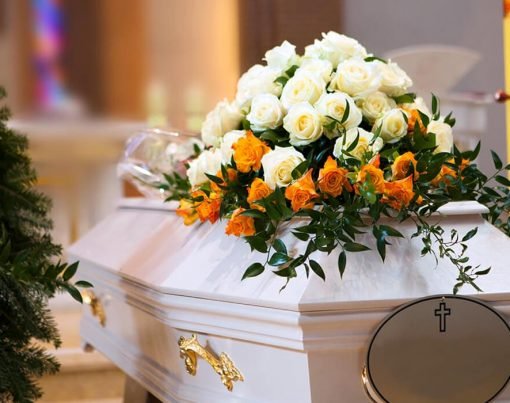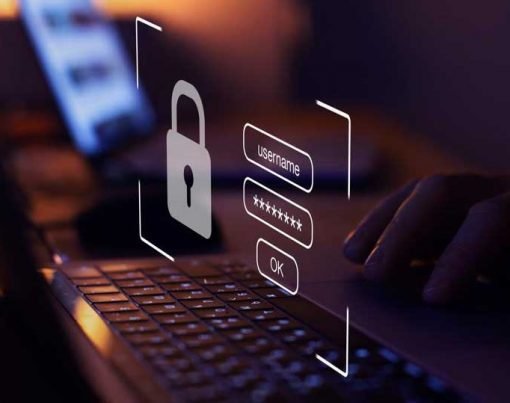An Automated External Defibrillator (AED) is a secure device that analyzes the heart rhythm of someone experiencing Sudden Cardiac Arrest (SCA). So, what is an automated external Defibrillator AED used for? The device conveys a curative electric shock to the heart to restore the normal rhythm. You can purchase an AED for home as the mobile device is easy to use. In America, you can also find the device in public places and corporations. It consists of a battery, and pad electrodes that detect and interpret the heart rhythm, then convey electrical shock if necessary.
Table of Contents
Types of AEDs
AEDs are in two categories.
- Public access AEDs are mainly found in public areas like airports, schools, community centers, government buildings, or hospitals. These devices are intended for use by any layman with minimal training to save a life.
- Professional AEDs for emergencies, such as Emergency Medical Technicians (EMTs) or paramedics. EMTs and paramedics are trained to use AED to save lives.
In both categories, AEDs are further classified as semi or fully automated. The former analyzes the heart’s rhythm, and if it senses an abnormality that requires a shock, it cues the user to hit a button that delivers an electric shock (defibrillation). The latter has no user intervention as it inspects the heart’s rhythm and then conveys a defibrillation shock if the device software prompts it.
When Is An Aed Right For A Home?
If you or a loved one have experienced cardiac arrest, you may need an AED. Consider these factors before buying the device.
- Risk of SCA – a health care provider can recommend the device if you’re at high risk of SCA.
- In-house members training – If you’re living alone, the device might not be of service to you at the time of need. You need to have someone with basic training on how to use the AED.
- Costs – Home AEDs can be costly since no insurance covers them.
- Quality of life – If the medical conditions one faces are fatal, like a weak heart that hasn’t responded to medication, one might choose not to be resuscitated by any means.
How To Use An AED
Laypeople
You can use AED devices on anyone; adults, children, and infants by following prompts to save a life. You place the device close to the victim’s head and plug it into a power socket. Some models may require the push of a button to switch on, but others do so automatically after lifting the lid. The next step is to expose the chest, dry off any moisture, and apply the pads to the chest below the collarbone. One pad goes to the right side and the other to the left.
Trained Rescuers
Trained rescuers will perform Cardio Pulmonary Resuscitation (CPR) on a victim while the other gets the AED ready for use. When ready, the AED is placed around the hands of the person giving CPR, and it should continue until the AED is ready for use. Once to analyze the heart rhythm, AED will prompt the person giving CPR to stop. The final step is to clear the victim and shock. No one should touch the victim’s clothes while the analysis goes on.
The Proper Use of AED and Maintenance
You can install an AED for home use, but you must ensure that your family, visitors, and friends know its location. They should also know how the device functions and how to use it. The AED should work correctly to ensure it serves its intended purpose at home. Follow these tips to buy and maintain an AED at home:
- Ensure the AED is approved by the Food and Drug Administration (FDA) – Visit the official FDA website to find the supported devices.
- Register with the AED manufacturer to receive important safety messages like alerts and recalls. You should also keep checking the manufacturer’s website to remain afloat with any information concerning your device.
- Consider getting training for you and others who might use the home AED. You can get the necessary training from the American Red Cross.
- Not all cardiac arrest situations need AED rescue. The people who might use the device need to know the alternative steps to take if the AED doesn’t prompt for a shock, yet the victim is unresponsive.
- Place your AED in an easy-to-reach area and ensure people know where.
- Change batteries as often as the manufacturer recommends, mainly after four years. Replace the electrode pads and have spare ones with you, and always follow the manufacturer’s guidelines.
- Home AEDs will test themselves now and then. Ensure you place the device where you can hear the alarm and if it keeps beeping and flashing light, call the manufacturer. Always the manufacturer’s number close as it will come in handy.
- Be specific about which AEDs to buy; some are meant for home use, and others are not. Do thorough research before buying. Alternatively, since AEDs are a quick way to save lives, consult a healthcare provider and get basic training on their function and how to use it before purchasing one.










